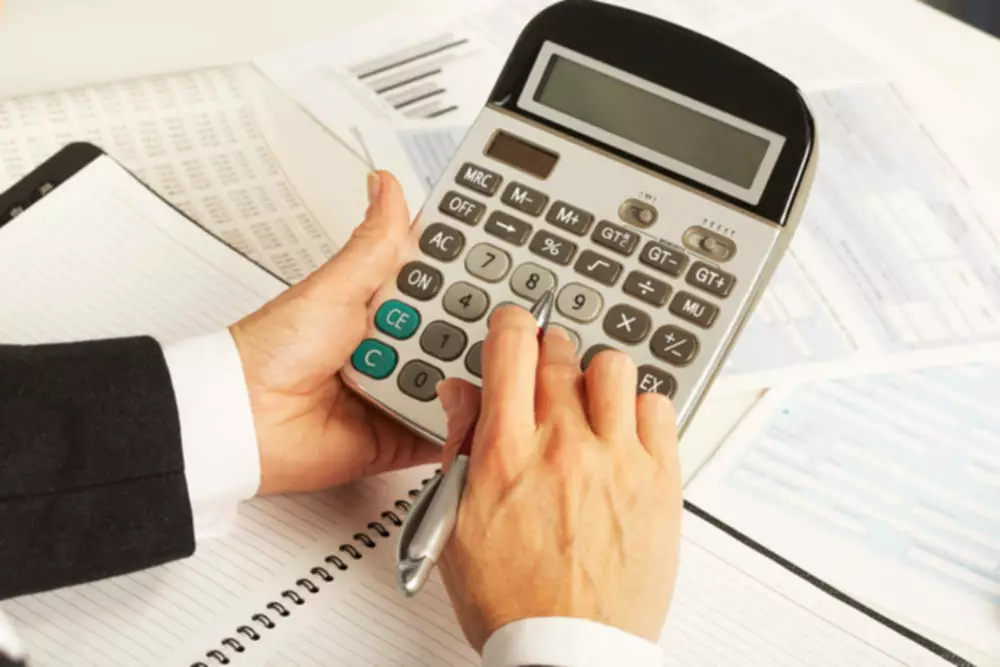Content

A PO is sent from the buyer and received by a supplier, while an invoice is sent from the supplier and received by a buyer. Between Curdbee & their new version, Hiveage, I’ve brought in more than $310,000 than I would otherwise not have.
What Is A Purchase Order & Why Are They Important For Businesses? – Realbusiness
What Is A Purchase Order & Why Are They Important For Businesses?.
Posted: Thu, 20 Oct 2022 09:28:55 GMT [source]
Any underlying purchase requisition and the purchase order form are approved before submitting the PO to a vetted and approved vendor. But it’s important to know the differences between these two documents in your procurement process to avoid wasted organizational spend. Once the seller records the purchase order number from the buyer, they can reference it on the invoice to show the product or services that were pre-approved.
Interrupting tracking of a product or service
A bill also contains the same information as that of an invoice, that is, the amount owed by the buyer to the seller. • This goes through levels of approvers, and the vendor payment goes out once everyone is on board. Sending a PO is the way to seal the vendor order legally and officially leaving no room for confusion. The shop owner creates a purchase order laying out exactly what they need from the supplier. So, what is the difference between an invoice and a purchase order? A PO number is a unique number that refers to a specific transaction of a purchase order. Purchase Order is issued to the seller whereas Invoice is issued to the buyer.
At the beginning of a business transaction, the buyer issues a purchase order. This document records the client’s expectations for the products or services needed, as well as the quantity and pricing. Then, the purchase order is sent to the supplier for approval. The purchase order is a legally binding contract after it has been approved. Because purchase orders and invoices are both legally binding documents that are exchanged between sellers and buyers, it’s not surprising that they’re often mixed up.
Purchase Orders vs Invoices: Invoice Definition
This allows the business to keep track of what was sold and when, and it also provides a record of the transaction in case there are any issues with the products. A purchase order is a legally binding document created by a buyer and presented to a seller. Much like your “cart” on an e-commerce site, a purchase order is essentially a list of what you want to buy. It lays out the order details, including quantity and types of products the buyer needs, as well as payment terms and delivery details. A purchase order refers to a legally binding business document that identifies the products or services a buyer wishes to purchase from a seller. The purchase order will also identify specific order details such as the payment terms, desired product quantities, prices, and delivery dates. An invoice is a financial document issued either by the seller or the supplier of goods.
The two are also connected because a purchase order is often used to create an invoice, as a reference for the goods purchased and their prices. However, each document is used at a different point in the buying process and often used by different people, as well. Purchase orders are often confused with purchase requisitions, also known as purchase request forms. They do have some things in common; however, these two financial documents have a significant difference. Purchase requisitions are mainly used by large companies to place orders with the purchasing department. Once the purchasing department receives the order from an employee, it then supervises product delivery from an outside merchant.
What is an Invoice?
Invoices are provided by the vendor to the purchaser, and they are sent when the order is complete, and per the payment terms. Some businesses address these demands by implementing financial software to manage their purchase orders and invoices. By numbering the purchase order vs invoice POs and invoices, accounting departments are better able to stay organized and keep track of your payment schedule. A numbering system can also be integrated with existing software to optimize your business’ accounting needs and stay on top of every detail.
What is a purchase order number?
A purchase order and an invoice will each have a number. The purchase order number is primarily used for accounting purposes, helping financial personnel monitor expenses. A purchase order number may also be used internally when the procurement process demands approval before purchases can be made. These numbers can be used to document POs once they are given final approval.
For the following reasons, companies of any size use invoices for their day-to-day incoming and outgoing transactions. Additional responsibility for the buyer to initiate a PO request and draft a formal PO document. Both the vendor and buyer get legal protection when there is no formal contract made in the first place. A purchase order is used by a buyer to place an order and is issued before delivery. Many times the terms “purchase order” and “invoice” will be used interchangeably.
Basic order information, delivery information, vendor information, and a price are included in both. Both documents provide you with a clearer picture of the buying process.

Keeping track of partial payments, late fees, deadlines, and materials and services are crucial for long-term https://www.bookstime.com/ and large-scale projects. Thankfully, progress billing is a key feature offered by Knowify.
How does a purchase order work?
Read along to understand what is a purchase order , what is an invoice, and what does purchase order vs invoice mean. Purchase orders and invoices are purchase-related commercial communications. First, here’s a brief definition of both PO and non-PO invoices. Each business’s invoice can vary, depending on what they offer.

